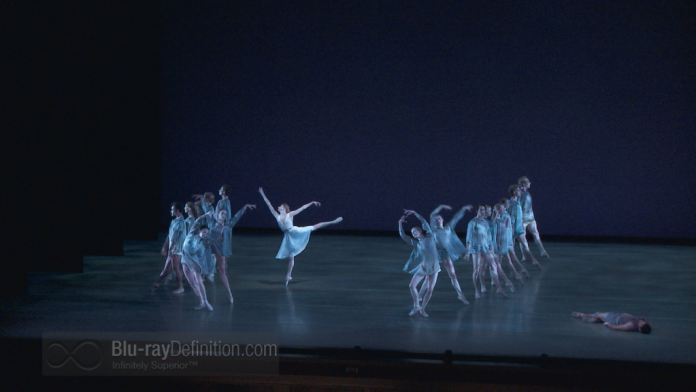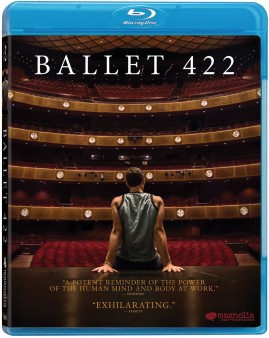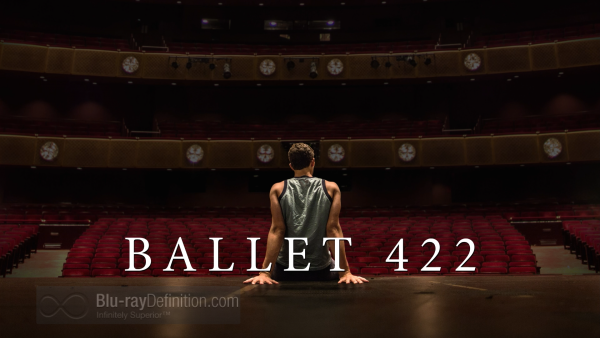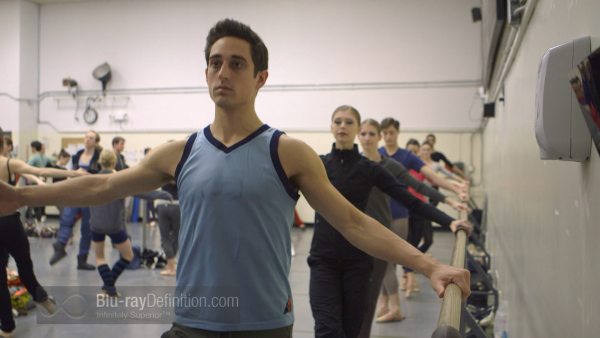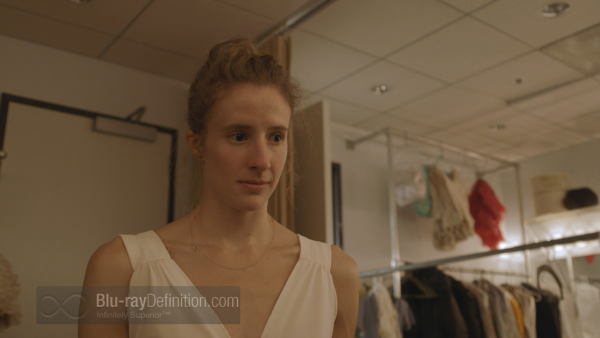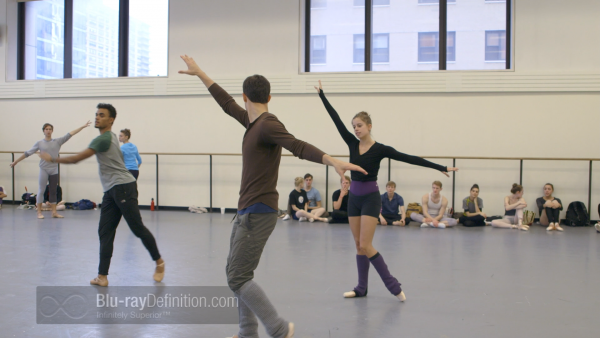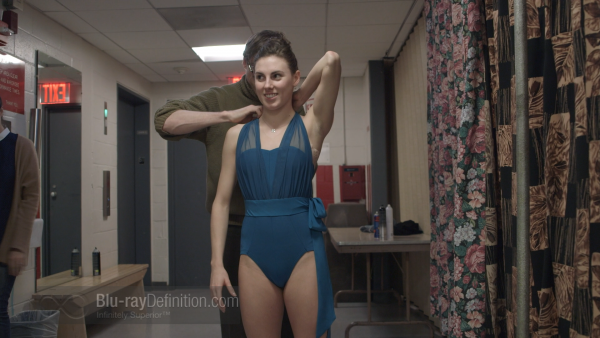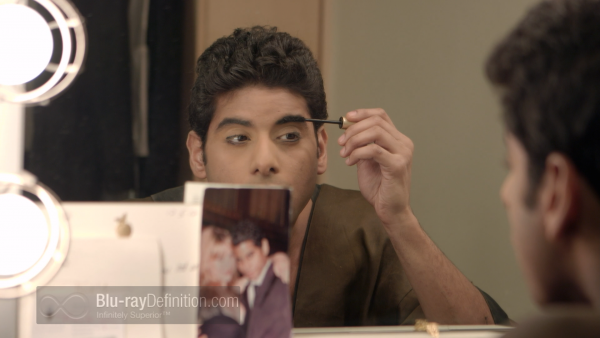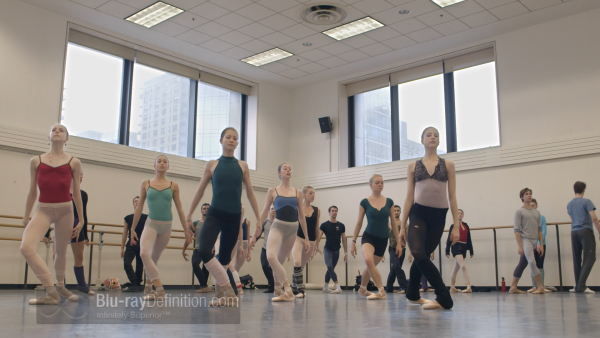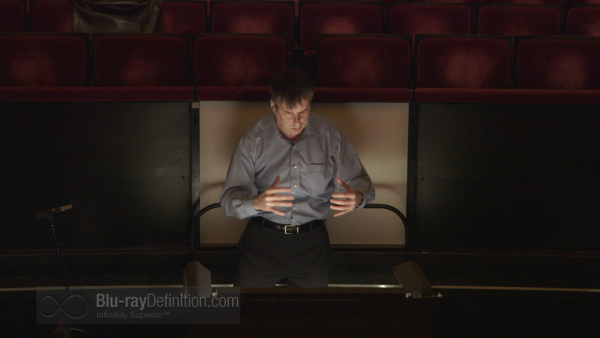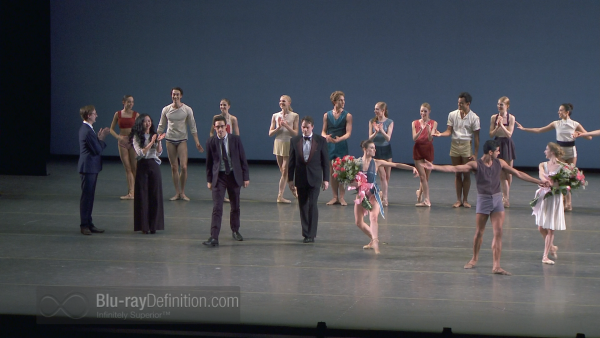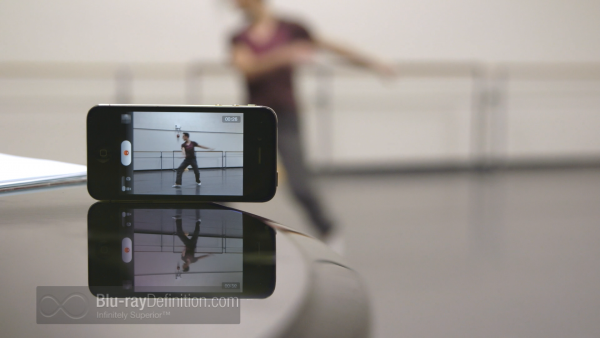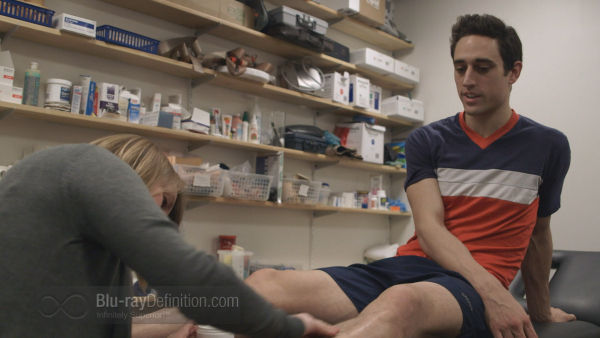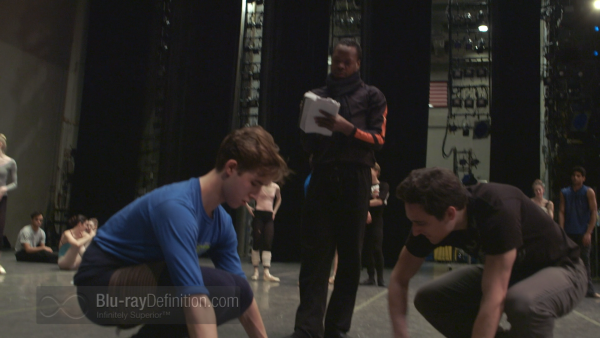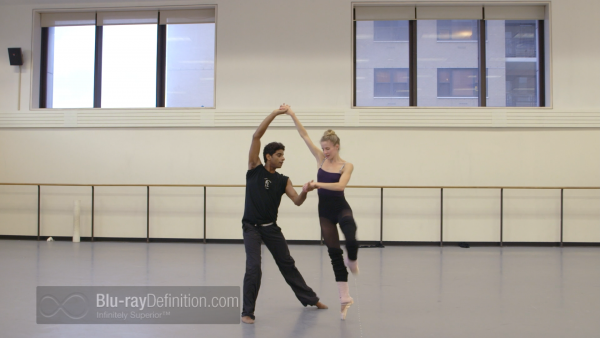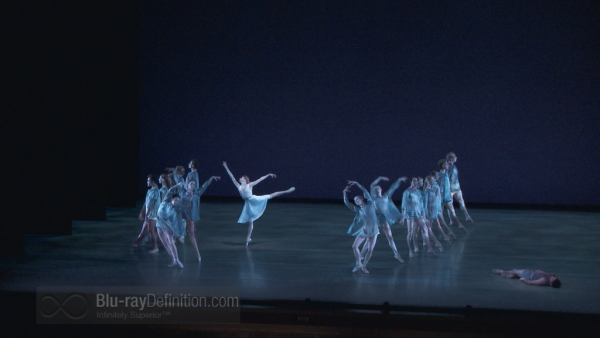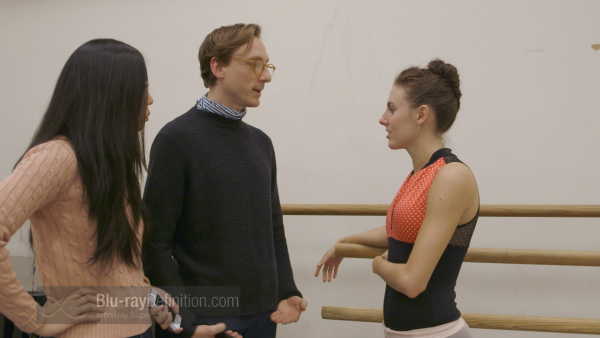–
The Film
[Rating:3.5/5]
The New York City Ballet is one of the premiere dance companies in the world. Founded in 1948 by famed choreographer George Balanchine and impresario/writer/philanthropist Lincoln Kirstein, the NYCB has included some of the very best principal dancers in its illustrious history with names like Mikhail Barishnikov, Gelsey Kirkland, and Peter Martins.
Ballet 422 refers to the performance of the 422nd ballet in the NYC Ballet’s repertory. Twenty-something dancer and choreographer Justin Peck is at the center of this Jody Lee Lipes documentary about the realization of the ballet in question, Paz de la Jolla, with a score based on Czech composer Bohuslav Martinu’s “Sinfonietta La Jolla.” The subject matter of the title is the Southern California seaside town outside of San Diego where choreographer Peck grew up. All of the action takes place at the seashore where the principal dancers, Tyler Peck, Sterling Hyltin, and Amar Ramasar enjoy a day at the beach, complete with youthful exuberance and romantic dalliances.
The creative process and the growing pains of a new ballet are vividly highlighted by Lipes’s splendid, spot-on direction and the intimate interaction with its young choreographer. The behind-the-scenes views of dancers working together with Peck are revelatory and show viewers just how complex such an undertaking can be. From the initial practice at the barre to the actual performance of the ballet’s dance sequences, this film is akin to watching the events that precede childbirth. There is the concept, the gestational period, and the completed ballet. A major point of interest is the short timeframe within which this ballet was created, rehearsed, and performed. Although we do not get to see the completed production, the excerpts included hint at a fabulous dance that I hope will find a lasting place in the NYCB’s repertory.
Video Quality
[Rating:3/5]
Much of this film, while recorded with modern equipment conveys the feeling of “home movies,” with details that are occasionally less than crisp and colors that are short of brilliant. The darker scenes have an unusual amount of washout and black crush while the more brightly lit scenes are more reflective of today’s better film works.
Audio Quality
[Rating:3.5/5]
While the audio soundtrack is billed as DTS-HD Master Audio 5.1 channel, most of the sound comes from the center channel with literally zero effects issuing from the surround speakers until the scenes from the actual ballet are presented. That aside, everything is quite crisp and clear.
Supplemental Materials
[Rating:2.5/5]
Extras include the following:
- Commentary with director Lipes and choreographer Peck
- Creating Ballet 422 (English Dolby Digital Stereo 48k/16b) (5:34): a brief background piece with comments from Peck, Lipes, and several of the principal dancers
- Deleted scenes (English Dolby Digital Stereo 48k/16b) (11:52): 10 brief segments of rehearsal and development of this ballet that really do not add much to the overall film
- Choreography sketches gallery
- Costume design gallery
- Music, lighting & stage management gallery
- Trailer
The Definitive Word
Overall:
[Rating:3.5/5]
It is always exciting to see a new work in progress and to behold all of the elements that contribute to the performance. With a rare opportunity to participate, albeit vicariously, in a new ballet, Ballet 422 becomes a project that will show balletomanes how putting it all together results in a vital and vibrant dance experience. With the noted visual and audio shortcomings aside, this film proves to be an interesting glimpse into the creative process itself. My major disappointment is that, given the short running time of the ballet itself (less than 20 minutes), I was not rewarded with a complete performance of Paz de la Jolla.
Additional Screen Captures
[amazon-product]B00U2LBMHM[/amazon-product]
[amazon-product]B00U2LBMHM[/amazon-product]


